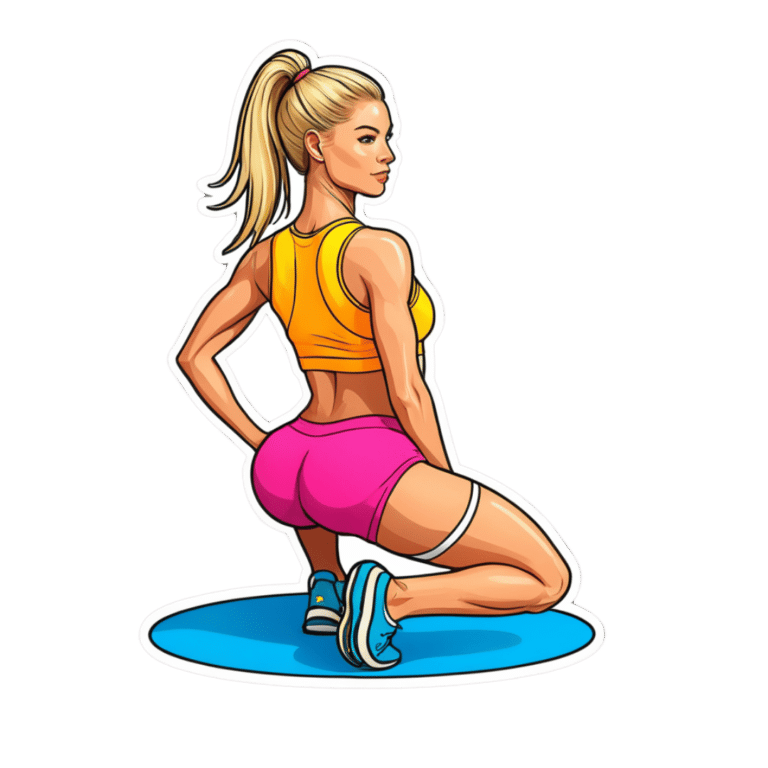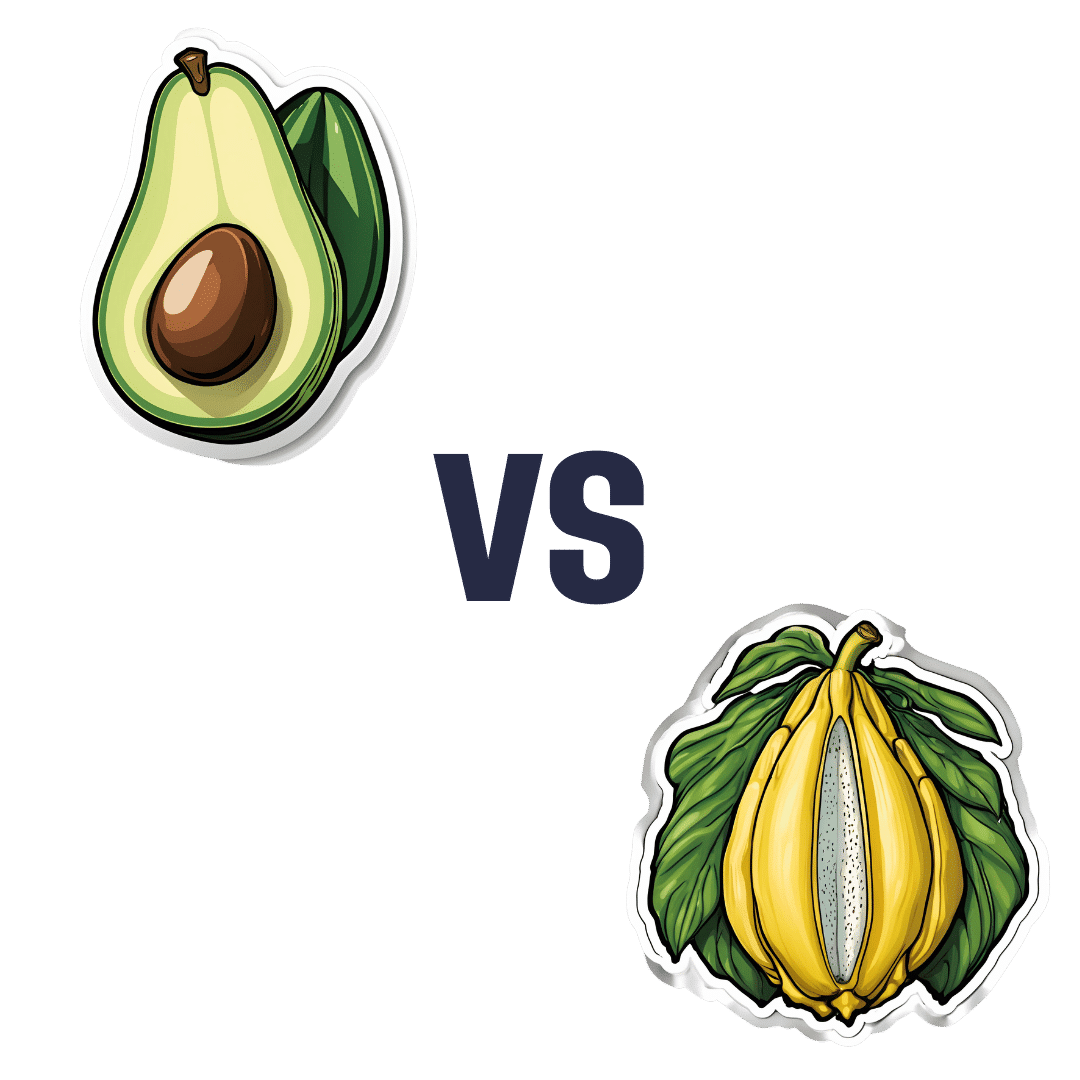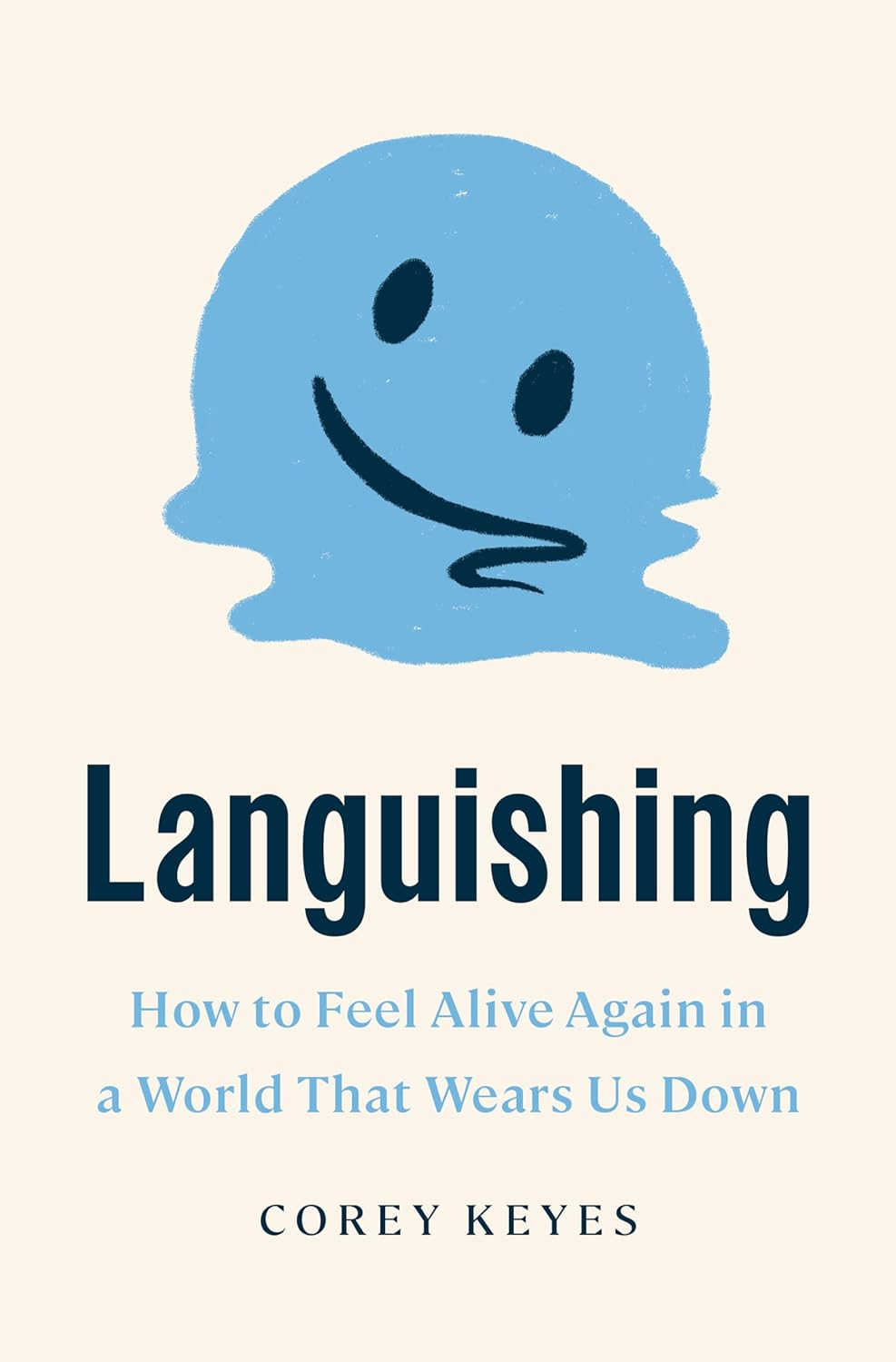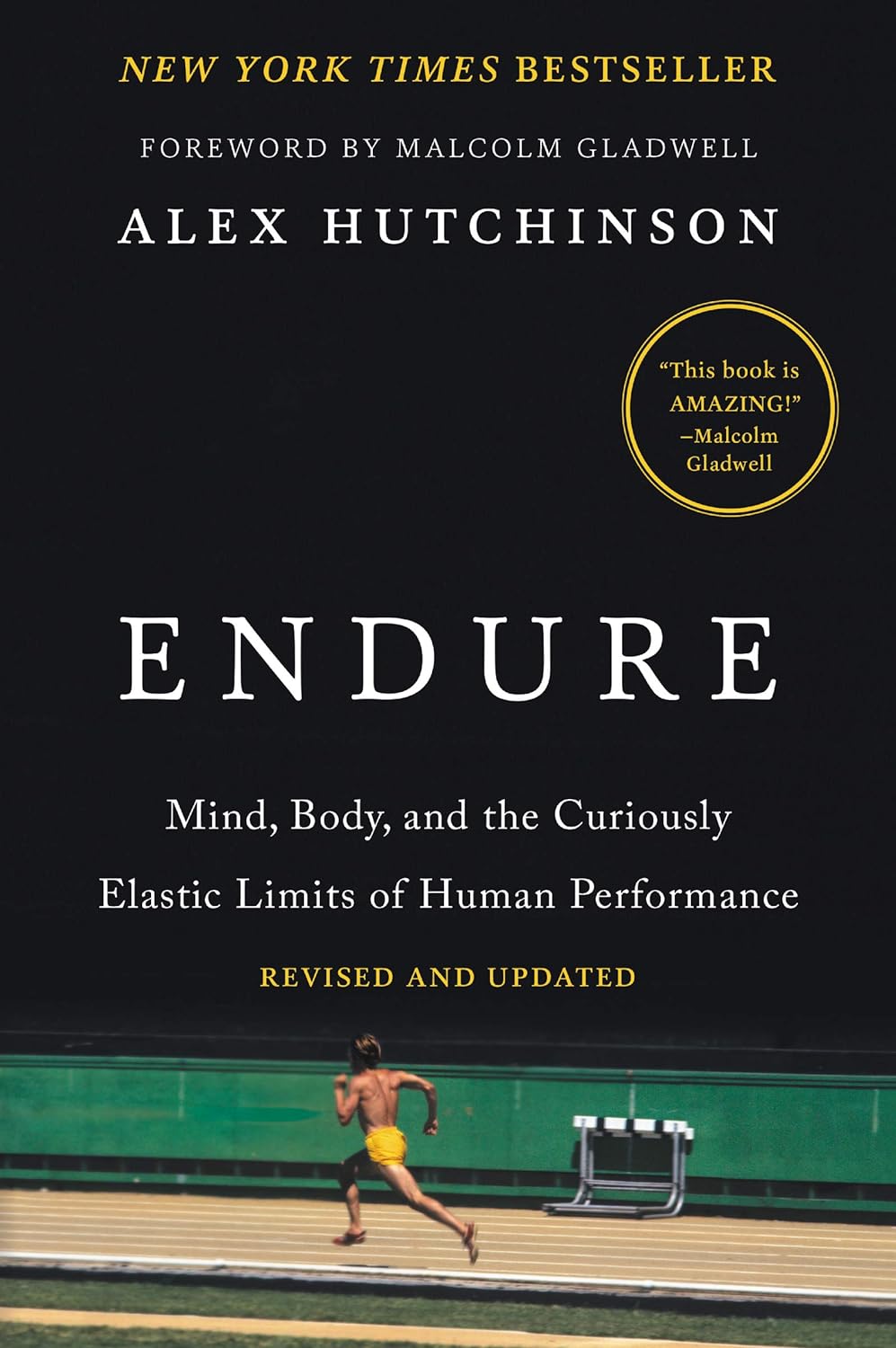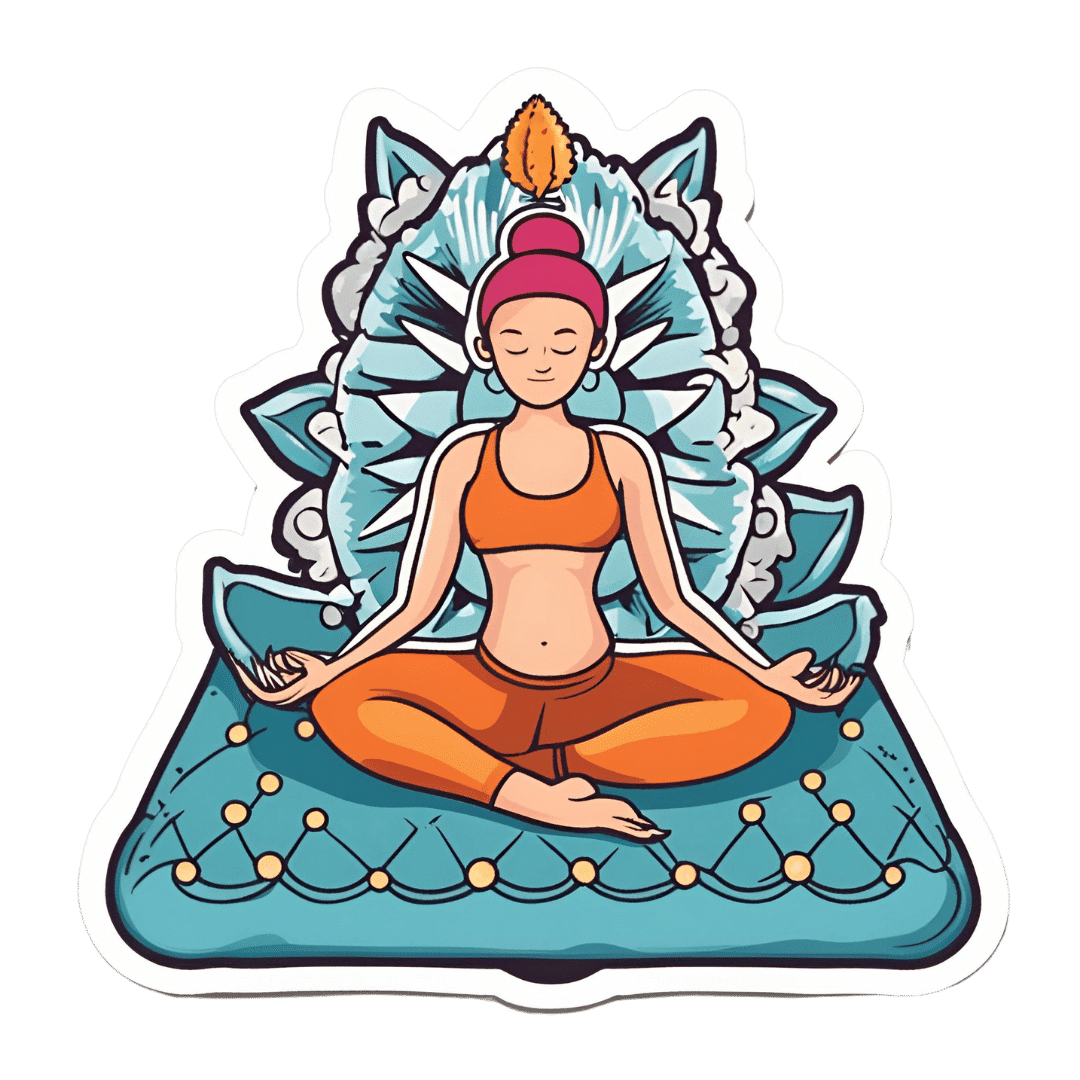
Spiked Acupressure Mat: Trial & Report
10almonds is reader-supported. We may, at no cost to you, receive a portion of sales if you purchase a product through a link in this article.
Are you ready for the least comfortable bed? The reviews are in, and…
Let’s get straight to the point
“Laura Try” tries out health things and reports on her findings. And in this case…
- She noted up front that the claims for this are to improve relaxation, alleviate muscle pain, and improve sleep.
- It also is said to help with myofascial release specifically, which can improve flexibility and mobility (as well as contributing to the alleviation of muscle pain previously mentioned)
- She did not enjoy it at first! Shocking nobody, it was uncomfortable and even somewhat painful. However, after a while, it became less painful and more comfortable—except for trying standing on it, which still hurt (this writer has one too, and I often stand on it at my desk, whenever I feel my feet need a little excitement—it’s probably good for the circulation, but that is just a hypothesis)
- Soon, it became relaxing. Writer’s note: that raised hemicylindrical pillow she’s using? Try putting it under your neck instead, to stimulate the vagus nerve.
- While it is best use on bare skin, the effect can be softened by wearing a thin later of clothing between you and the mat.
- She got hers for £71 GBP (this writer got hers for a fraction of that price from Aldi—and here’s an example product on Amazon, at a more mid-range price)
For more details on all of the above and a blow-by-blow account, enjoy:
Click Here If The Embedded Video Doesn’t Load Automatically!
Want to learn more?
You might also like to read:
Fascia: Why (And How) You Should Take Care Of Yours
Take care!
Don’t Forget…
Did you arrive here from our newsletter? Don’t forget to return to the email to continue learning!
Recommended
Learn to Age Gracefully
Join the 98k+ American women taking control of their health & aging with our 100% free (and fun!) daily emails:
-
Colloidal Gold’s Impressive Claims
10almonds is reader-supported. We may, at no cost to you, receive a portion of sales if you purchase a product through a link in this article.
All That Glitters…
Today we’ll be examining colloidal gold supplementation.
This issue of 10almonds brought to you by the writer suddenly getting lots of advertisements for this supplement. It’s not a new thing though, and has been around in one form or another since pretty much forever.
Colloidal gold is…
- Gold, as in the yellow metal
- Colloidal, as in “very tiny insoluble particles dispersed though another substance (such as water)”
What are the claims made for it?
Honestly, just about everything is claimed for it. But to go with some popular claims:
- Reduces inflammation
- Supports skin health
- Boosts immune function
- Combats aging
- Improves cognitive function
So, what does the science say?
Does it do those things?
The short and oversimplified answer is: no
However, there is a little bit of tangential merit, so we’re going to talk about the science of it, and how the leap gets made between what the science says and what the advertisements say.
First… What makes gold so special, in general? Historically, three things:
- It’s quite rare
- It’s quite shiny
- It’s quite unreactive
- The first is about supply and demand, so that’s not very important to us in this article.
- The second is an aesthetic quality, which actually will have a little bit of relevance, but not much.
- The third has been important historically (because it meant that shiny gold stayed shiny, because it didn’t tarnish), and now also important industrially too, as gold can be used in many processes where we basically need for nothing to happen (i.e., a very inert component is needed)
That third quality—its unreactivity—has become important in medicine.
When scientists need a way to deliver something (without the delivering object getting eaten by the body’s “eat everything” tendencies), or otherwise not interact chemically with anything around, gold is an excellent choice.
Hence gold teeth, and gold fillings, by the way. They’re not just for the bling factor; they were developed because of their unreactivity and thus safety.
So, what about those health claims we mentioned above?
Here be science (creative interpretations not included)
The most-backed-by-science claim from that list is “reduces inflammation”.
Websites selling colloidal gold cite studies such as:
Gold nanoparticles reduce inflammation in cerebral microvessels of mice with sepsis
A promising title!The results of the study showed:
❝20 nm cit-AuNP treatment reduced leukocyte and platelet adhesion to cerebral blood vessels, prevented BBB failure, reduced TNF- concentration in brain, and ICAM-1 expression both in circulating polymorphonuclear (PMN) leukocytes and cerebral blood vessels of mice with sepsis. Furthermore, 20 nm cit-AuNP did not interfere with the antibiotic effect on the survival rate of mice with sepsis.❞
That “20 nm cit-AuNP” means “20 nm citrate-covered gold nanoparticles”
So it is not so much the antioxidant powers of gold being tested here, as the antioxidant powers of citrate, a known antioxidant. The gold was the carrying agent, whose mass and unreactivity allowed it to get where it needed to be.
The paper does say the words “Gold nanoparticles have been demonstrated to own important anti-inflammatory properties“ in the abstract, but does not elaborate on that, reference it, or indicate how.
Websites selling colloidal gold also cite papers such as:
Anti-inflammatory effect of gold nanoparticles supported on metal oxides
Another promising title! However the abstract mentions:
❝The effect was dependent on the MOx NPs chemical nature
[…]
The effect of Au/TiO2 NPs was not related to Au NPs size❞
MOx NPs = mineral oxide nanoparticles. In this case, the gold was a little more than a carrying agent, though, because the gold is described and explained as being a catalytic agent (i.e., its presence helps the attached mineral oxides react more quickly).
We said that was the most-backed claim, and as you can see, it has some basis but is rather tenuous since the gold by itself won’t do anything; it just helps the mineral oxides.
Next best-backed claim builds from that, which is “supports skin health”.
Sometimes colloidal gold is sold as a facial tonic. By itself it’ll distribute (inert) gold nanoparticles across your skin, and may “give you a healthy glow”, because that’s what happens when you put shiny wet stuff on your face.
Healthwise, if the facial tonic also contains some of the minerals we mentioned above, then it may have an antioxidant effect. But again, no minerals, no effect.
The claim that it “combats aging” is really a tag-on to the “antioxidant” claim.
As for the “supports immune health” claim… Websites selling colloid gold cite studies such as:
To keep things brief: gold can fight infectious diseases in much the same way that forks can fight hunger. It’s an inert carrying agent.
As for “improves cognitive function”? The only paper we could find cited was that mouse sepsis study again, this time with the website saying “researchers found that rats treated with colloidal gold showed improved spatial memory and learning ability“ whereas the paper cited absolutely did not claim that, not remotely, not even anything close to that. It wasn’t even rats, it was mice, and they did not test their memory or learning.
Is it safe?
Colloidal gold supplementation is considered very safe, precisely because gold is one of the least chemically reactive substances you could possibly consume. It is special precisely because it so rarely does anything.
However, impurities could be introduced in the production process, and the production process often involves incredibly harsh reagents to get the gold ions, and if any of those reagents are left in the solution, well, gold is safe but sodium borohydride and chloroauric acid aren’t!
Where can I get some?
In the unlikely event that our research review has given you an urge to try it, here’s an example product on Amazon
Take care!
Share This Post
-
Avocado vs Jackfruit – Which is Healthier?
10almonds is reader-supported. We may, at no cost to you, receive a portion of sales if you purchase a product through a link in this article.
Our Verdict
When comparing avocado to jackfruit, we picked the avocado.
Why?
In terms of macros, avocado is higher in fats (famously healthy ones, including a good dose of omega-3), fiber (nearly 5x more), and protein (despite jackfruit being more often used as a meaty element in recipes, avocado has slightly more). Meanwhile, jackfruit is about 3x higher in carbs. All in all, a clear win for avocado.
Looking at vitamins, avocado has more of vitamins A, B2, B3, B5, B7, B9, E, K, and choline, while jackfruit has more of vitamins B1, B6, and C. Another win for avocado in this category.
In the category of minerals, avocado has more copper, iron, manganese, phosphorus, potassium, selenium, and zinc, while jackfruit has more calcium. One more win for avocado.
Adding up the sections makes for an easy overall win for avocado, but by all means enjoy either or both; diversity is good!
Want to learn more?
You might like:
Jackfruit vs Durian – Which is Healthier? ← including some fun durian facts (such as how to pick a good one, and what happens if you eat durian and drink alcohol)
Enjoy!
Share This Post
-
Languishing – by Prof. Corey Keyes
10almonds is reader-supported. We may, at no cost to you, receive a portion of sales if you purchase a product through a link in this article.
We’ve written before about depression and “flourishing” but what about when one isn’t exactly flourishing, but is not necessarily in the depths of depression either? That’s what this book is about.
Prof. Keyes offers, from his extensive research, hope for those who do not check enough of the boxes to be considered depressed, but who are also definitely more in the lane of “surviving” than “thriving”.
Specifically, he outlines five key ways to make the step from languishing to flourishing, based not on motivational rhetoric, but actual data-based science:
- Learn (creating your personal story of self-growth)
- Connect (building relationships, on the individual level and especially on the community level)
- Transcend (developing psychological resilience to the unexpected)
- Help (others! This is about finding your purpose, and then actively living it)
- Play (this is a necessary “recharge” element that many people miss, especially as we get older)
With regard to finding one’s purpose being given the one-word summary of “help”, this is a callback to our tribal origins, and how we thrive and flourish best and feel happiest when we have a role to fulfil and provide value to those around us)
Bottom line: if you’re not at the point of struggling to get out of bed each day, but you’re also not exactly leaping out of bed with a smile, this book can help get you from one place to the other.
Share This Post
Related Posts
-
F*ck You Chaos – by Dominika Choroszko
10almonds is reader-supported. We may, at no cost to you, receive a portion of sales if you purchase a product through a link in this article.
We’ve all read decluttering books. Some may even have decluttering books cluttering bookshelves. This one’s a little different, though:
Dominika Choroszko looks at assessing, decluttering, and subsequently organizing:
- Your home
- Your mind
- Your finances
In other words
- she starts off like Marie Kondo, and…
- phases through doing the jobs of Queer Eye’s “Fab Five”, before…
- sitting us down with some CBT worksheets, and…
- finally going through finances à la Martin Lewis.
By the time we’ve read the book, it’s as though Mary Poppins has breezed through our house, head, and bank account, leaving everything “practically perfect in every way”.
Of course, it’s on us to actually do the work, but as many of us struggle with “how” and the ever-dreaded “but where to begin”, Choroszko’s whirlwind impetus and precision guidance (many very direct practical steps to take) really grease the wheels of progress.
In short, this could be the book that kickstarts your next big “getting everything into better order” drive, with a clear step-by-step this-then-this-then-this linear process.
Don’t Forget…
Did you arrive here from our newsletter? Don’t forget to return to the email to continue learning!
Learn to Age Gracefully
Join the 98k+ American women taking control of their health & aging with our 100% free (and fun!) daily emails:
-
Wise Old Fool
10almonds is reader-supported. We may, at no cost to you, receive a portion of sales if you purchase a product through a link in this article.
How old is this dish? Well, let’s put it this way, it used to be called “𓅮𓏏𓈖” and remnants of it have been found at neolithic burial sites in Egypt. Nowadays it’s called “فول مدمس”, which gets rendered a lot of different ways in the Latin alphabet, but “fūl mudammas” is one option. For short, it’s just called “fūl”, which is pronounced like the English word “fool”, and it’s about the beans.
From chana masala with poori to frijoles refritos to beans on toast, lots of cultures have some version of this breakfast food, and all can be great (yes, even the beans on toast). But today we’re about this particular kind of morning protein, fiber, fats, and healthful spices.
You will need
- 2x 14 oz cans fava beans (other kinds of beans work as substitute; kidney beans are common substitution, but this writer prefers black beans personally if she doesn’t have fava in), drained
- 4 garlic cloves, crushed
- 1 tbsp extra virgin olive oil
- 1 teaspoon sweet cinnamon (or ½ sweet cinnamon stick)
- 1 tsp cumin seeds
- 1 tsp chili flakes
- 1 tsp paprika
- 1 tsp black pepper
- Juice of ½ lemon
- For the relish: 1 medium tomato, finely chopped; 1 tbsp extra virgin olive oil; 2 tbsp parsley, finely chopped
- To serve: 4 pitta breads, 2 eggs (omit if vegan), and a selection of pickled vegetables, drained
Method
(we suggest you read everything at least once before doing anything)
1) Add the olive oil to a saucepan over a medium heat; add the garlic, cumin seeds, and cinnamon. Keep these moving for a minute or two before moving to the next step.
2) Add the fava beans, as well as the other seasonings (chili flakes, paprika, black pepper), and mix thoroughly
3) Add 1 cup boiling water, and keep everything on a simmer for about 20 minutes, stirring often. Add the lemon juice while it’s simmering; when the beans start to break down and the mixture starts to thicken, it’s ready.
4) Mix the relish ingredients (finely chopped tomato, olive oil, parsley) thoroughly in a small bowl
5) Toast the pitta breads, and if using, soft-boil the eggs.
6) Serve! We suggest: fūl in a bowl, with one half of a soft-boiled egg per bowl, topped with the relish, and served with the pitta bread and pickled vegetables on the side.
Enjoy!
Want to learn more?
For those interested in some of the science of what we have going on today:
- Level-Up Your Fiber Intake! (Without Difficulty Or Discomfort)
- Making Friends With Your Gut (You Can Thank Us Later)
- Less Obvious Probiotic Benefits ← the pickled vegetables contain the probiotics here, while the beans are a great source of prebiotic fiber; this is why they work so well together
- Our Top 5 Spices: How Much Is Enough For Benefits?
- A Tale Of Two Cinnamons
- Eggs: All Things In Moderation?
Take care!
Don’t Forget…
Did you arrive here from our newsletter? Don’t forget to return to the email to continue learning!
Learn to Age Gracefully
Join the 98k+ American women taking control of their health & aging with our 100% free (and fun!) daily emails:
-
Endure – by Alex Hutchinson
10almonds is reader-supported. We may, at no cost to you, receive a portion of sales if you purchase a product through a link in this article.
Life is a marathon, not a sprint. For most of us, at least. But how do we pace ourselves to go the distance, without falling into complacency along the way?
According to our author Alex Hutchinson, there’s a lot more to it than goal-setting and strategy.
Hutchinson set out to write a running manual, and ended up writing a manual for life. To be clear, this is still mostly centered around the science of athletic endurance, but covers the psychological factors as much as the physical… and notes how the capacity to endure is the key trait that underlies great performance in every field.
The writing style is both personal and personable, and parts read like a memoir (Hutchinson himself being a runner and sports journalist), while others are scientific in nature.
As for the science, the kind of science examined runs the gamut from case studies to clinical studies. We examine not just the science of physical endurance, but the science of psychological endurance too. We learn about such things as:
- How perception of ease/difficulty plays its part
- What factors make a difference to pain tolerance
- How mental exhaustion affects physical performance
- What environmental factors increase or lessen our endurance
- …and many other elements that most people don’t consider
Bottom line: whether you want to run a marathon in under two hours, or just not quit after one minute forty seconds on the exercise bike, or to get through a full day’s activities while managing chronic pain, this book can help.
Click here to check out Endure, and find out what you are capable of when you move your limits!
Don’t Forget…
Did you arrive here from our newsletter? Don’t forget to return to the email to continue learning!
Learn to Age Gracefully
Join the 98k+ American women taking control of their health & aging with our 100% free (and fun!) daily emails:

